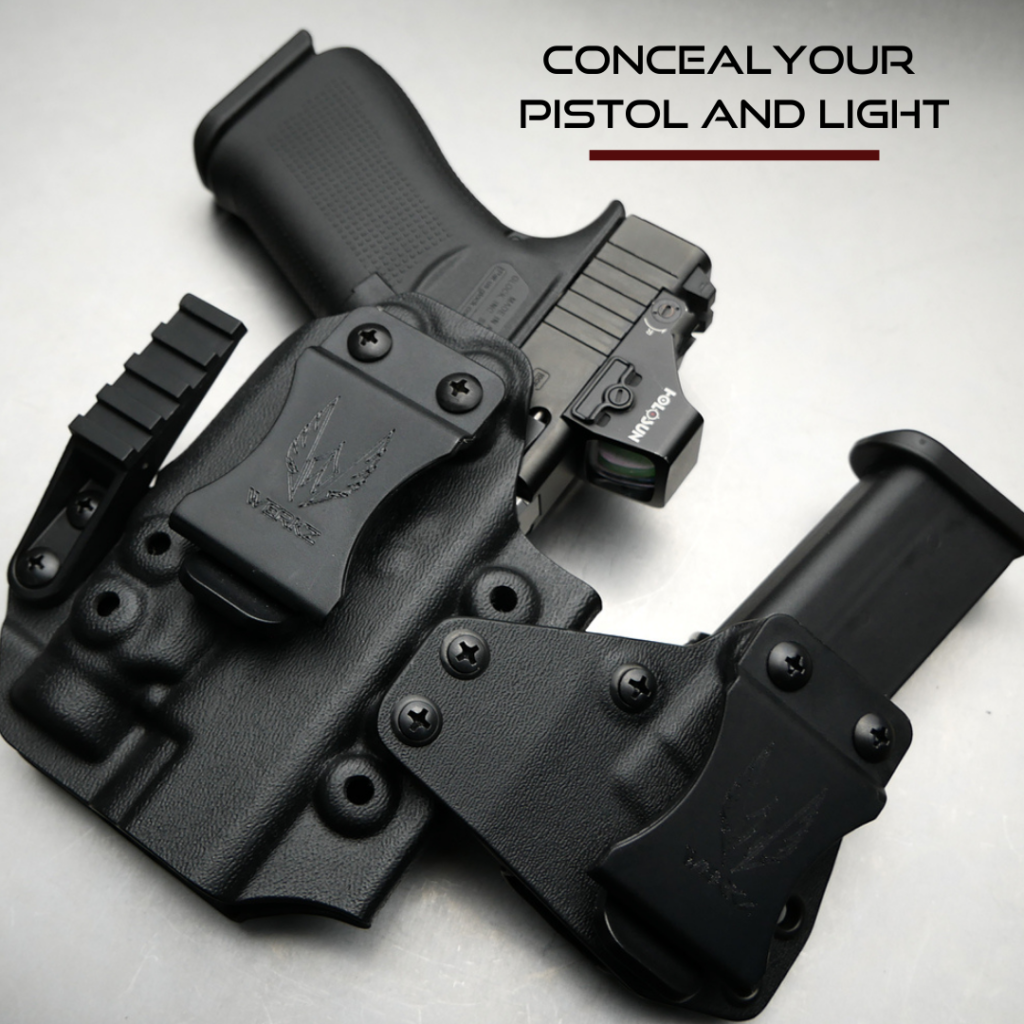We’ve all seen the YouTube videos: Someone is shining a flashlight across their back yard to show you how effective the light is. Sometimes the YouTuber will compare with a different light across the backyard. Is there a better way to test lights objectively? If so, what might those techniques be? In this article, we will discuss how reviews can be more objective, providing real data for you to make a decision on which light to carry.
The Problem
First, let’s explain why the “across the backyard” test is not the best test:
- Camera auto exposure: Our eyes are extremely sensitive to light, but also able to quickly adjust to various lighting conditions. We may pick up details in a dark room, then quickly transition outdoor and see details there as well. Cameras attempt to compensate in the same way by adjusting exposure automatically. How is this an issue for testing? If the camera adjusts exposure to reduce the brightness of a brighter light, then comparisons of two lights may not be accurate.
- Cameras are not as sensitive: Have you ever taken a picture where you saw the details with your eyes, but the camera didn’t pick those details up? Night shooting is like this. You don’t get the full view of the light’s performance.
- Do not provide long term output tests: Fifteen seconds of light testing outdoors may not simulate the light’s performance when searching a large area. Light may have excellent output when first turned on, then rapidly dim.
- Lack of repeatable, comparable, output at center of hotspot through to the edge of the illumination zone: A backyard test might show how much further the hotspot of one light shines versus another, but can you quantify it? How much light does it put out in the hotspot versus flood? How wide is the flood?
Our Approach: Practical Tests Plus Lab Tests
When practical and lab tests are combined, the reader can see how lumens, lumens over time, candela, and candela at verious angles makes a difference.
Lumens measure the total output of a light. An “integrating sphere” is used to capture all light coming out, reflecting it to a sensor, which then measures the total light output. This light could be tightly focused, which allows it to punch out further, or it could be dispersed, allowing a wider field of view; this measurement cannot tell you how far out a light will reach.
Lumens over time measures how the light performs after being on for a certain amount of time. This measurement is useful to show whether a light will be performing well after 5, 15, 30, or even 120 minutes of use. You may only need a few seconds to identify your target, but searching an area may require you to keep the light on for an extended time.
Candela measures light intensity. Typically, the brightest spot of the beam is measured, showing you max candela. This measurement relates to how far the light can reach out. All things being equal, a light with higher candela will allow you to see further out.
Candela at angle allows you to see how the beam pattern is set up on the light. Many lights have a high intensity center, then a wider angle of flood. The bright area allows you to see further, while the less bright flood allows you to more effectively see the periphery. This can be compared light-to-light by measuring the candela output at various angles of offset from the light center. The resulting graph can allow you to visualize the relative output of hotspot and flood, and total angle that you might be able to see items.

Low Light Defense Testing Protocol
At Low Light Defense, we measure all four of the items above. We utilize NIST-traceable and ISO certified lab test equipment from International Light Technologies to provide accurate, repeatable tests. We utilize light test samples purchased on the open market, utilizing brand new batteries (or freshly recharged batteries, if rechargeable) for each test. Tests are run in a darkened room. Results are captured, and in most cases, available for review at https://lowlightdefense.com/.
We hope that these testing techniques are of value to the firearms community, allowing professionals and citizens to determine the best weapon light for their firearm. Comments and suggestions are encouraged.







